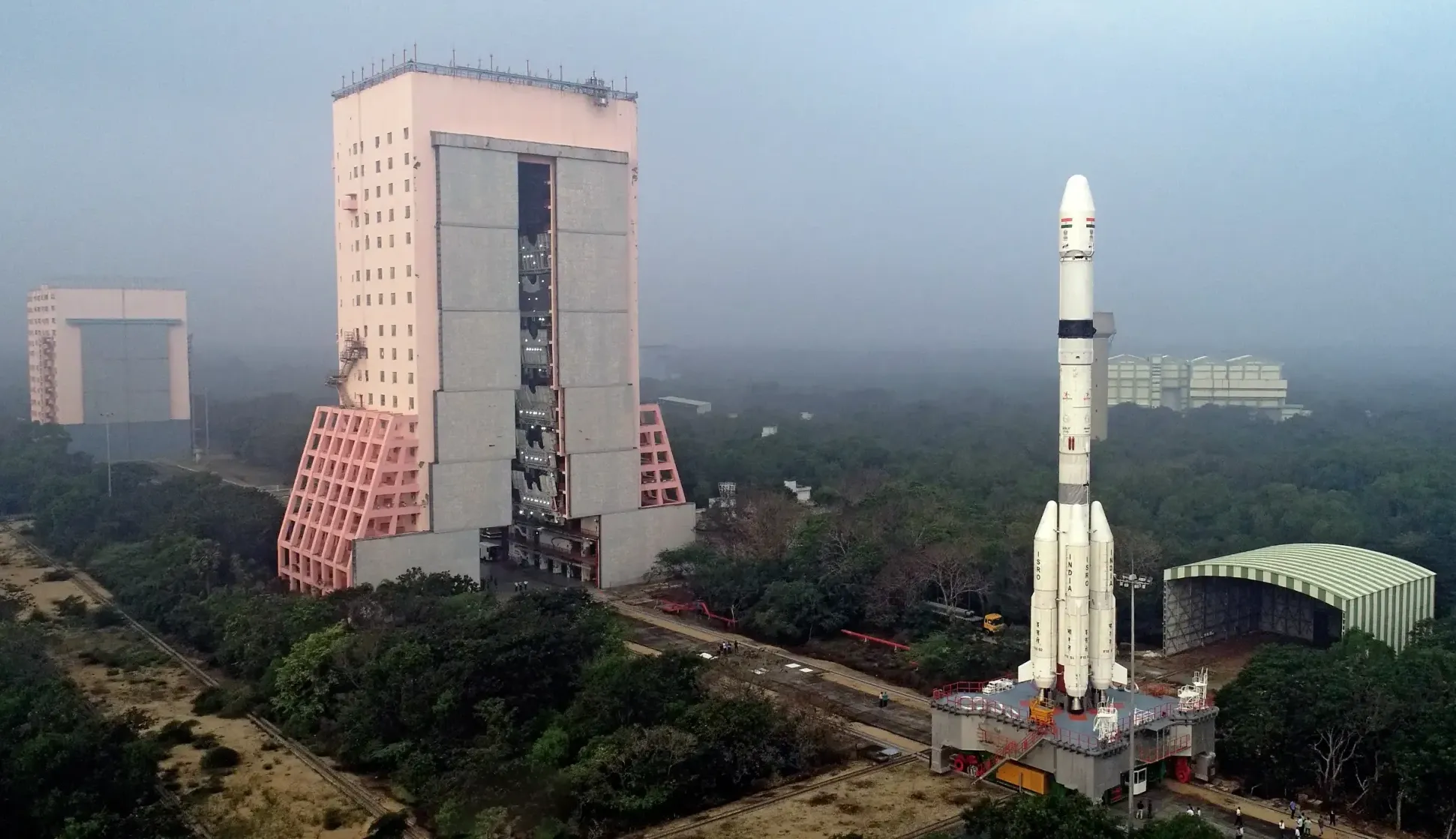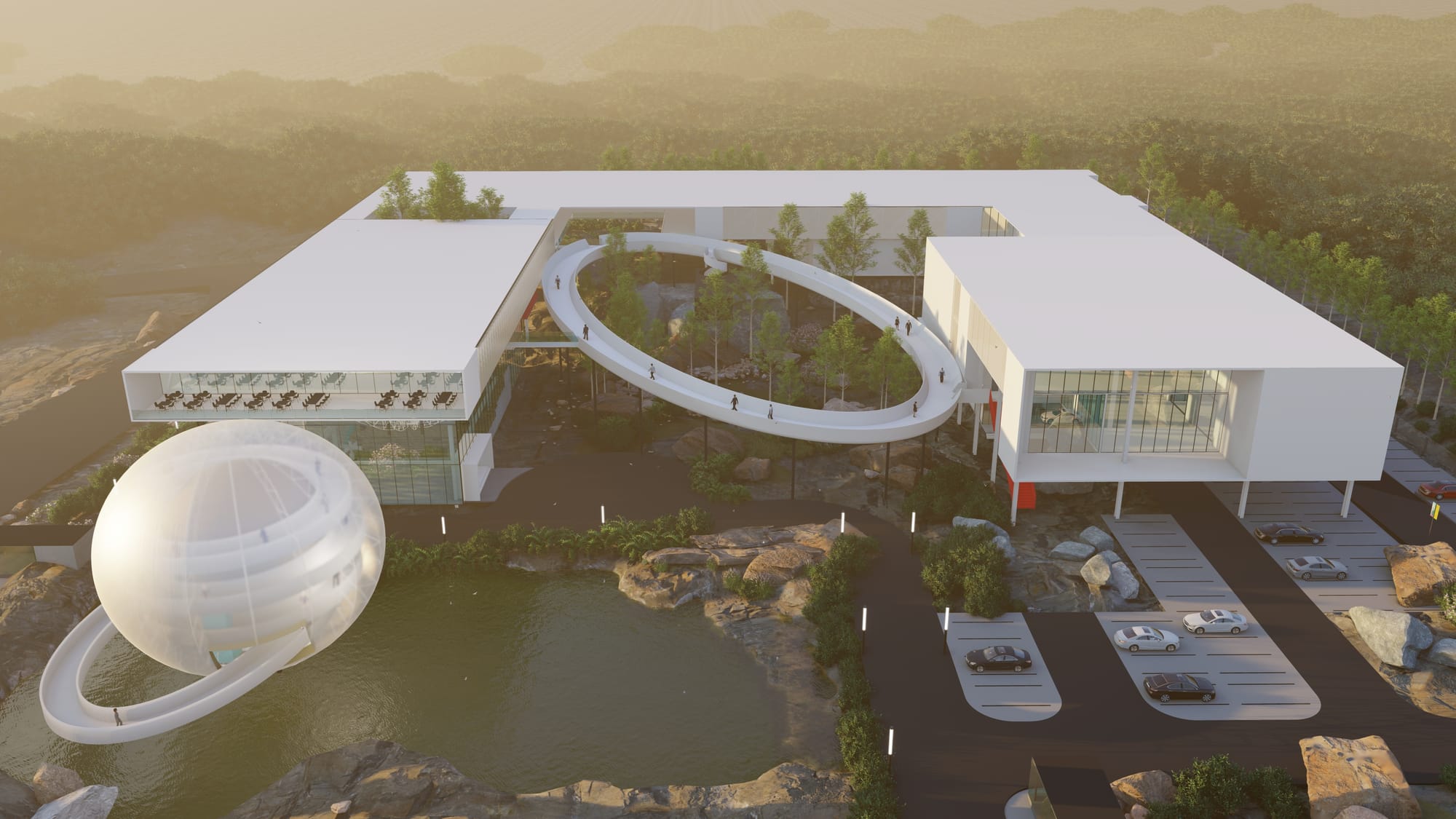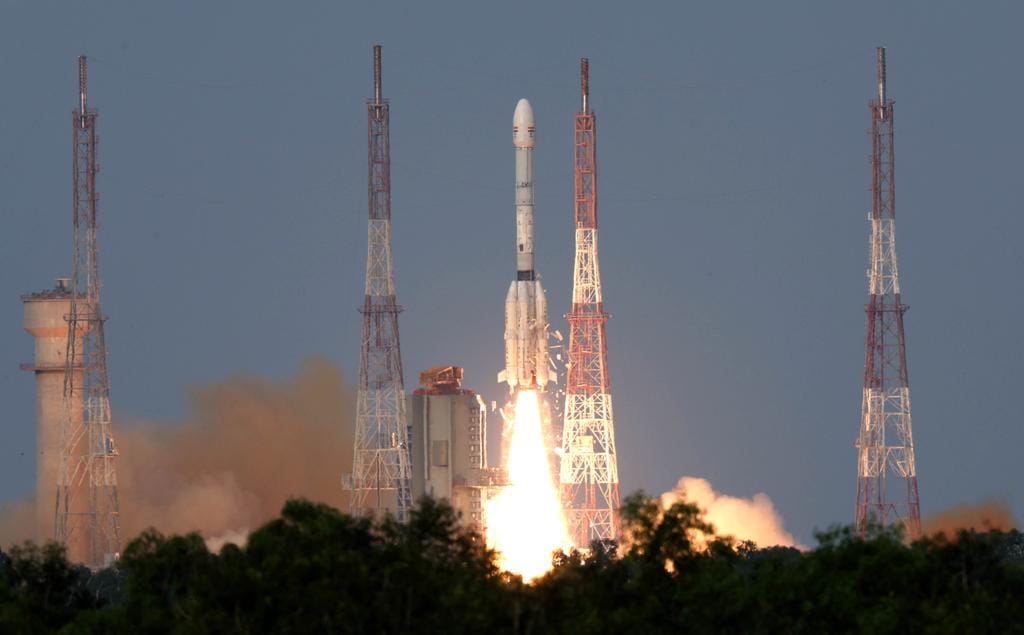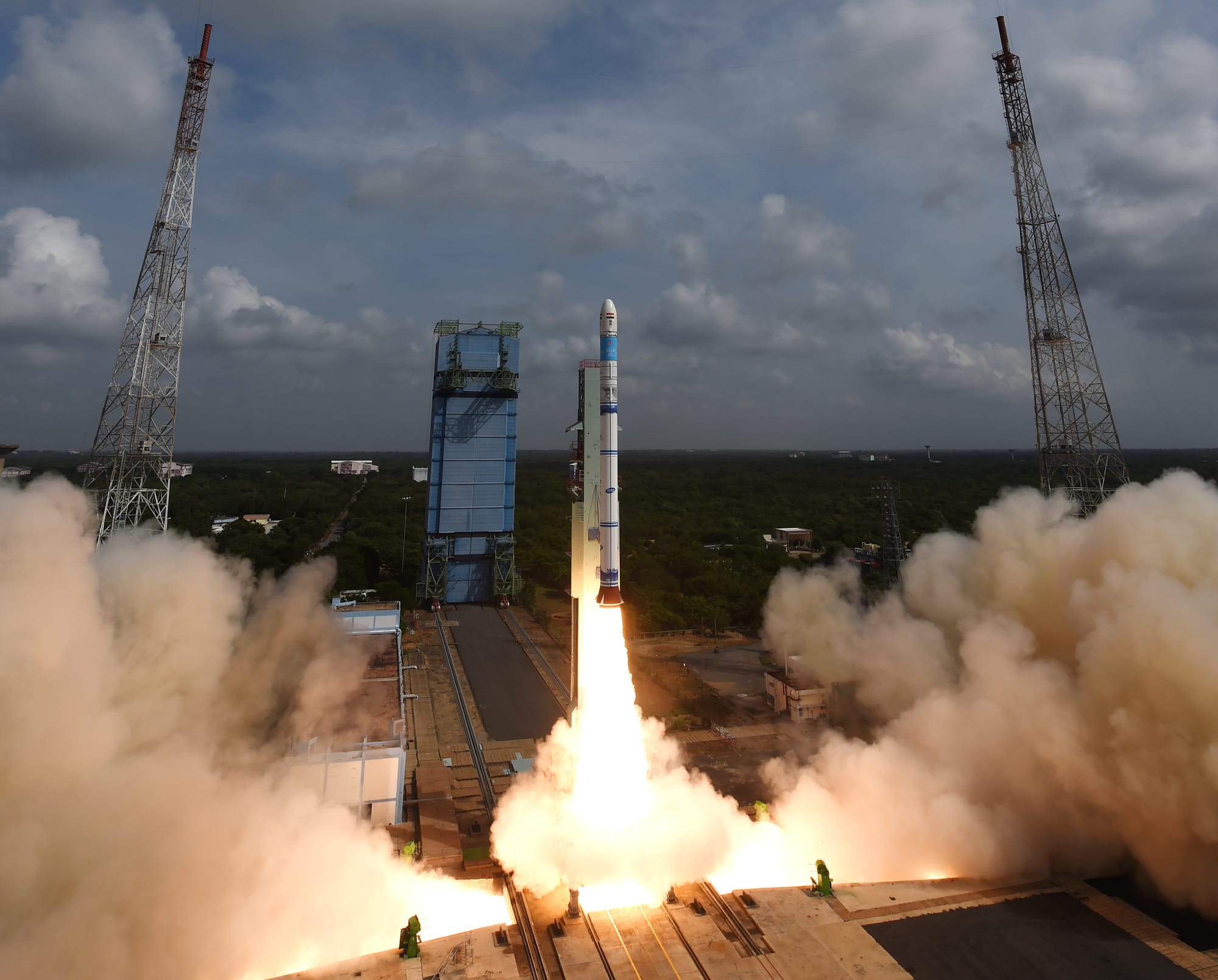Table of Contents
Early in the morning of January 29th, the Satish Dhawan Space Centre, India's premier spaceport, hosted its 100th launch when a GSLV MkII rocket blasted off from the space centre's second launch pad!
For the 100th launch, GLSV MkII carried the NVS-02 (IRNSS-1K) satellite to a geostationary transfer orbit. NVS-02 is part of the Navigation with Indian Constellation (NavIC) to provide an alternative to the American GPS network, China's BeiDou constellation, and Russia's GLONASS network. According to the Indian Space Research Organisation (ISRO), the NavIC network will be used in Terrestrial, aerial, and maritime navigation, precision agriculture management, geodetic surveying, location-based services in mobile devices, emergency response services, and strategic applications among others.
The GSLV MkII vehicle launching NVS-02 was the seventeenth built using India's eleventh indigenously developed cryogenic upper-stage. GSLV MkII is a three-stage launch vehicle with a solid propellant core on the first-stage with four hypergolic boosters augmenting its performance, the second-stage also burns hypergolic propellants after hot-staging from the first-stage, and lastly the third-stage burns liquid hydrogen and liquid oxygen to finalize ascent into low Earth orbit or to head out to geostationary transfer orbit. When prepared for launch GSLV MkII stands 51.73 meters tall and weighs just over 420,000 kilograms.

As mentioned in the beginning, this was the Satish Dhawan Space Centre's 100th launch. The space centre, named after former ISRO Chairman Satish Dhawan, hosted its first launch back in August 1979 and took just shy of fifteen years to reach its tenth launch in October 1994. Fourteen years after the tenth the centre hosted its twenty-fifth launch in January 2008, followed by its fiftieth in December 2015, and its seventh-fifth in July 2019, increasing India's launch cadence with each milestone. Speaking after the launch, ISRO's Chairman Dr V. Narayanan said:
“I am extremely happy to announce from the spaceport of ISRO that the first launch of this year has been successfully accomplished. The GSLV-F15 vehicle launch vehicle precisely injecting the navigation satellite NVS-02 into orbit. This mission is the 100th launch from our launch pads which is a significant milestone for India.” – “Our Space programme was conceived and started by a visionary leader Vikram Sarabhai and taken forward by a generation of leaders. Till today, we have developed six generations of launch vehicles. The first launch vehicle was developed under the guidance of Satish Dhawan with APJ Abdul Kalam as the project director in 1979. From that till today, including today’s launch, we have accomplished 100 launches”
Notable missions launched from the Satish Dhawan Space Centre include India's first lunar orbiter Chandrayaan-1, its first lunar landing attempt Chandrayaan-2, India's first Moon landing mission Chandrayaan-3, the country's first Mars mission Mangalyaan, the Aditya-L1 solar research mission, and the XPoSat X-ray observatory.
Currently, the space center has two launch pads. The First Launch Pad is the older of the two and is capable of supporting launches of the Polar Satellite Launch Vehicle (PSLV) and Small Satellite Launch Vehicle (SSLV). The Second Launch Pad is the larger of the two and can support launches of the Geosynchronous Satellite Launch Vehicle (GSLV) MkII, the Launch Vehicle Mark-3 (LVM3), as well as PSLV. In the future, the Second Launch Pad is planned to support human missions to low Earth orbit.
In recent weeks the Indian government also approved plans for the Third Launch Pad. The Third Launch Pad is planned to support launches of the LVM3, both human and cargo, as well as the in-development Next Generation Launch Vehicle (NGLV). The Next Generation Launch Vehicle will be India's largest and most capable vehicle once operational and will be used for the county's planned Bharatiya Antariksha Station in Low Earth orbit as well as proposed human Moon missions around 2040.
This year India is also aiming to perform at least ten launches from the Satish Dhawan Space Center. India's 2025 launches, excluding today's mission, are set to include three Gaganyaan test flights atop of LVM3, a fourth LVM3 for AST SpaceMobile, three GSLV missions to launch navigation, remote sensing, and imaging satellites, three PSLV missions for commercial and defense satellites, one SSLV mission, and the debut flight of Skyroot Aerospace's Vikram-1 rocket. According to former ISRO Chairman S. Somanath, the limiting factor for the launch goal is the manufacturing capacity for the various rockets.






